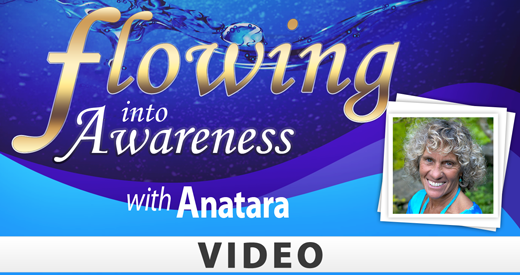| YogaHub |  |
Painful Decisions
Pain makes some decisions difficult. Choosing how much activity to do in the face of pain adds to the stress. It can feel impossible to predict how much we will be able to move next week or how much we will pay for completing an activity. Many of my patients have told me “pain is a moving target”, “the link between pain and movement can be unpredictable”, and “I hope for the best, and have a plan for the worst”.
Yet decisions are necessary.
Five weeks ago, my lower back pain flared up. There was no incident, no twist, and no lift that started this most recent recurrence of a 25-year-old problem. The day before the pain came back, I was feeling stronger than I had in many, many years. I felt really strong! But the next morning my lower back pain returned, and by the end of the day it took over most of my right upper leg. Besides managing the pain, my first thoughts included ‘how am I going to get this better in time to complete my first Iron Man triathlon in six weeks?’ This event starts with a 3.8 km swim, out and back across Lake Okanagan. After the swim, there is a 180 km bike ride through hot, typically windy valleys, and over two mountain passes. Then it ends with a marathon (42.2km run). Luckily for most people the running occurs in the evening, when it is much less hot. If this seems a crazy thing to do to oneself, please consider that I have been blessed with a body that doesn’t mind ultramarathons, and I have been gradually preparing for this for almost four years. Completing IronMan Canada (IMC) takes between 12 and 17 hours for most people. Pain is not a choice during this race. Starting with the idea that I would really regret the experience later is not wise.
Since the return of my cranky back, making a decision about completing the event has been the roller coaster ride most would expect. I have waffled back and forth, firmly stated “no”, then switched to “I can give it a try and stop if I get worse”. I have experienced heightened emotions – anger, denial, fear, grief. I have most certainly drawn inward, becoming much more self-centered. I have also caused my family some grief as well. After all my training, after all the adjusting we have done so that I could get my training completed, how can I not even try? But what about the effects on my family if trying makes me even worse?
I am a physical therapist and yoga therapist. Others do not expect me to have such a difficult low back problem. Pain is invisible. We find ways to get on with life. Yoga, meditation and staying active are my pain management (equally important are my family, friends, pain management colleagues and music). At this point, I don’t know exactly what I need to do differently next time. Maybe more attention and awareness of my lower back movement and muscles, and less time riding fully bent forward. I also don’t know the best decision at this point with regard to the race. Should I enter the race and then stop if the pain worsens? It might flare up again without warning. So maybe I can switch my goal for the race from completing it in 12 hours to completing it before the 17-hour time limit? If I do that, I have the opportunity to experience the event, AND I will have a chance to practice the pain management that I preach – for over 12 hours straight! That would be a huge victory.
Completing IMC has been part of my plan for overcoming a fear of drowning. This fear has been with me since I was very young. It has proven itself to be very strong. IMC has been the final victory for me – no longer afraid of swimming! Almost ironically, the one part of IMC that would not irritate my back is the swim. Maybe I could complete the first section of the race, then drop out? But if I don’t intend to get on my bike, I don’t look forward to the emotions of watching everyone else heading off for the rest of the race. And with my back still sore, should I really get into the lake with over 2500 other racers who have no interest in my well-being? Would that be safe?
Completing IMC has also become an opportunity to increase awareness about Pain BC. As a board member, I worked with Pain BC’s Executive Director, Maria Hudspith, to help design triathlon and cycling clothes with the Pain BC logos, colours and slogans. The plan was that I would wear these in IMC. There is no pressure from Pain BC, whether I enter or finish IMC. The people with Pain BC understand the lived experience of pain! The pressure here is from me. I wanted to race in honour of Pain BC, and in honour of the people I serve with physical and yoga therapy. Do I find a way to complete IMC, working around the pain as much as I can, so that I can raise awareness of Pain BC?
When I set out on the IMC training journey, my expectation was that journey would end with the race. This expectation is at the heart of how difficult this decision has become. When I set out to do this, I promised I would train and compete while considering the best interests of my body, mind and spirit. However, a decision that would be best for my body might not be best for my mind or spirit, and vice versa.
What would you do? What advice would you give the most important person in your life? Thankfully, I have time to decide – well, at least until August
26th.
[tags] pain, iron man triathlon, back fear, swimming, decision, physical therapist, yoga therapist, Pain BC, [/tags]






